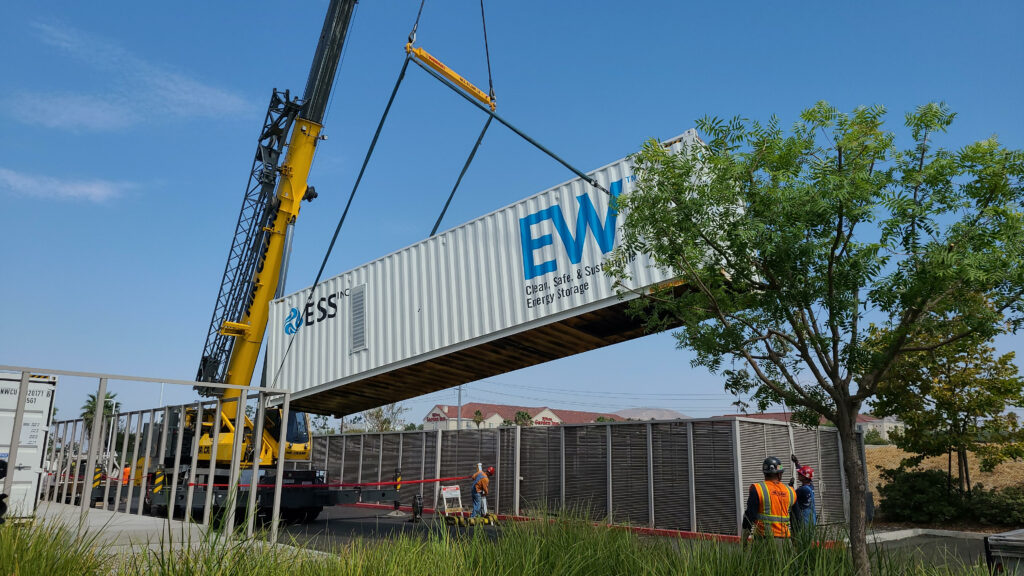Many will dismiss yet another angry SOUTHERN Alberta group as absurd and irrelevant. NOPE JUST MORE OF THE SAME
Author of the article:Don Braid • Calgary Herald
Publishing date:Sep 28, 2021 •

Without such action the province will soon be both “a have-not and a has-been,” Anderson said Tuesday, as he and others launched what they call the “Free Alberta Strategy.”
The timing is odd for a call to declare federal laws invalid in Alberta if they conflict with provincial rights.
Aren’t we the province that needs pandemic help from other provinces, and even military aid from Ottawa?
Anderson says that’s the way Canada is supposed to work — a rare example — and Alberta would continue to be a good citizen within Canada, while being sovereign within its borders.
The group wants passage of the “Alberta Sovereignty Act, granting the Alberta Legislature absolute discretion to refuse any provincial enforcement of federal legislation or judicial decisions that, in its view, interfere with provincial areas of jurisdiction or constitute an attack on the interests of Albertans.”
If Ottawa cried foul, the group says, so what? The new Alberta police force would simply be directed to ignore enforcement of federal actions.
Maybe there would be a constitutional crisis, Anderson adds, but Canada needs a hot one from time to time.
Many will dismiss yet another angry Alberta group as absurd and irrelevant. I never do, having witnessed the incandescent fury of earlier Alberta-first causes.
This feeling could rise again powerfully when the pandemic finally eases and we survey the economic and social damage.
But on Free Alberta’s first day in the open, there was an odd twist. It seemed on the surface to be as much anti-Kenney as anti-Ottawa.
Notably, UCP MLAs Angela Pitt and Jason Stephan were there to fully back the project.
Pitt is the deputy legislature Speaker who has often clashed with Premier Jason Kenney, and Red Deer MLA Stephan was demoted from Treasury Board for travelling last Christmas.
Lingering in some invisible corner of Zoom, without speaking, was legislature Speaker Nathan Cooper, said to be an “interested observer.”
He signed a letter against government COVID-19 policy and later had to apologize, because Speakers don’t generally do that.
Also appearing were Independent MLAs who were ejected from Premier Jason Kenney’s caucus — Todd Loewen from Grande Prairie and Medicine Hat’s Drew Barnes, an eternal pebble in Kenney’s shoe.
Are these folks trying to raise a challenger to Kenney’s leadership? With a vote on his performance coming in spring, we are entitled to wonder.

The group will certainly support the vote to abolish equalization, which will appear on Alberta’s civic ballot Oct. 18.
There are doubts about whether it will pass, though — this is a referendum on abolition of equalization right across Canada, not a demand to improve the program for Alberta.
But it’s a passing matter to Free Alberta types. Sovereignty is their goal.
And “sovereign” is an intentionally loaded word. It was the essence of two Quebec referendums, both of which failed.
But in recent years Quebec has slowly assumed many powers without objection from Ottawa.
The classic was passage by the National Assembly of a resolution asserting Quebec’s absolute power to reject pipelines crossing its territory.
Although such a motion is clearly unconstitutional, Ottawa didn’t say a word.
Anderson hates that Quebec motion but sees the tactic as a great example for Alberta.
“This is about the right and the power to govern yourself,” he says. “The ultimate sovereign power in the province of Alberta is going to be, under this strategy, the legislature — much like the National Assembly in Quebec.
“What we’re proposing is really not much different than what Quebec has done . . . Ottawa can pass whatever bills they want but if what Ottawa passes is not in line with what the government of Alberta says on the subject,” then the legislature would be supreme.
Many Albertans will like this plan. Federal leaders should not ignore it.
They need to offer real solutions for a province that is expected to wind down its major industry. So far, damn all.
Don Braid’s column appears regularly in the Herald



















